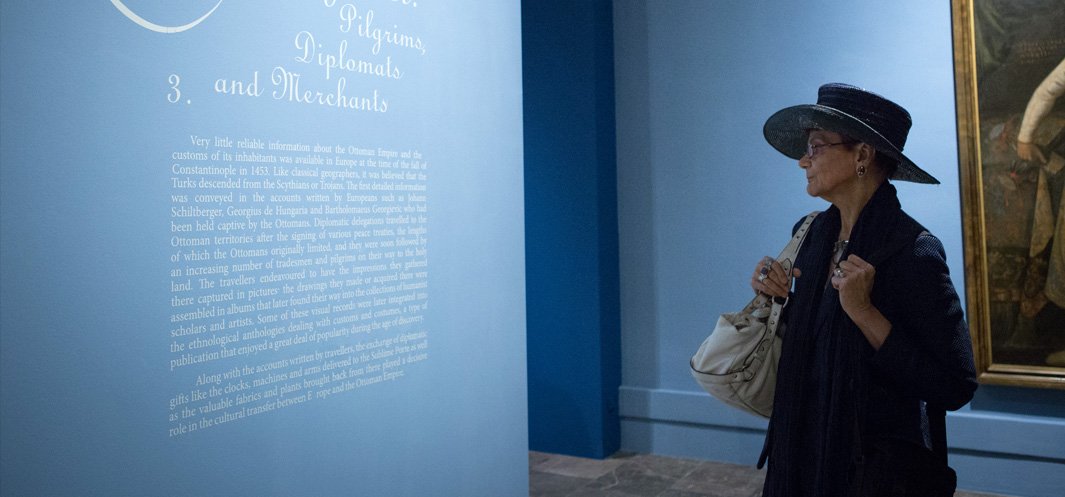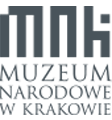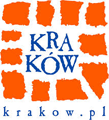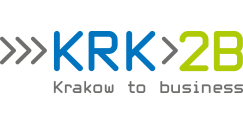Text at the museum
Marking out the path towards the object-centre, it plays the role of a guide and something that helps work out its meanings. The marginal position of text is often a mystification – in fact, written text is ever-present at the museum: it replaces, adds and specifies, effectively competing with the less tangible image.
It is the text that outlines the visiting direction, expresses the curator’s idea and adds to the content of exhibits. Therefore its status is ambivalent – the same as the status of the institution appointed to accompany the object. The text negotiates its subjectivity with the exhibit. As a result the emancipated text may even become a separate work and an independent exhibit.
It seems so far the text has not acquired as an important function in the museum theory as it plays in practice. The aim of the conference is to collect theoretical views on the role of the written word within the museum space as well as to gather and analyse specific cases of designing the text accompanying the operation of museums and exhibition institutions. The meeting wants to encourage critical reflection upon the question of the place and form of the written text at the museum, and as well as offering theoretical discussion, it aims to give practical instructions: how to create texts to make them meet the expectations and fulfil the objectives of the museum institution in its contact with the recipient.
Papers to be presented should concern the following research areas:
Group 1 (theoretical issues)
- Text and curatorial strategies
What is the function of the text in designing the exhibition scenario? What is its role in reference to works on show and suggested content? Does the type of an exhibition determine the use of a specific form of text presentation? What is the function of text presentation in the curator’s original concept of the exhibition?
- Text and the work of art
One of the main problems connected with the reception of an artwork concerning the difficulty of expressing it with the use of words. This problem – repeatedly discussed in the theory of art – should in this case relate to the specific perceptual situation which is the presence of the artwork in the exhibition space.
- Text and models of the recipient
The question about the narrative strategies of the text related to the intentional determination of the model / models of reception of a written message. How are the supposed models of reception created and what purpose do they serve? What influences the choice of a given type of narrative?
Group 2 (the study of cases related to specific examples of exhibitions and museological projects)
- The role of text in creating conditions for the perception of an artwork within the museum space
Issues concerning the communicative significance of the text in the museum space related to the question of how a word message helps to outline the ways of moving within the space. What function does it have in the space of viewers’ reception and how can this function be integrated into the perception of the exhibition scenario?
- The role of text in building exhibition narrative
Written text as an element of exhibition design – treated both as a visual issue (text as a graphic sign) and a tool associated with the exhibition narrative.
- Text as a work of art
Examples of displays in which text is autonomous from the exhibition or becomes one of the exhibits. The question about the status of the text in the exhibition space.
- Written text as an integral part of the exhibition design
To what extent should the text constitute an element necessary to understand the exhibition and to what extent does it only add information and explain the content of the exhibition independently of it?
IMPORTANT:
- Deadline for submitting abstracts of papers: 10 June 2016 (e-mail: tekstwmuzeum@mnk.pl)
- Date of the announcement of results: 24 June 2016
- Session: 26-27 October 2016
- Contact: tekstwmuzeum@mnk.pl
- Conference fee: 250 PLN
- Language of the conference: Polish, English
PARTICIPATION IN THE CONFERENCE
We would like to invite the persons specialising in the problem of the written text within the museum space both theoretically and practically: art historians, sociologists, psychologists, linguists, museologists, curators, educators and designers. Conference participants will be qualified based on the submitted abstracts (of max. 700 words).






